In Pictures: Silk production from sericulture to garment retail
CAMBODIA - Artisans Angkor employs over 1,300 people in the production of traditional Khmer handicrafts such as silk-making.
Silk for garments are produced after silkworm cacoons are degummed, coloured and put on a throwing machine.
Take a look at the process below:


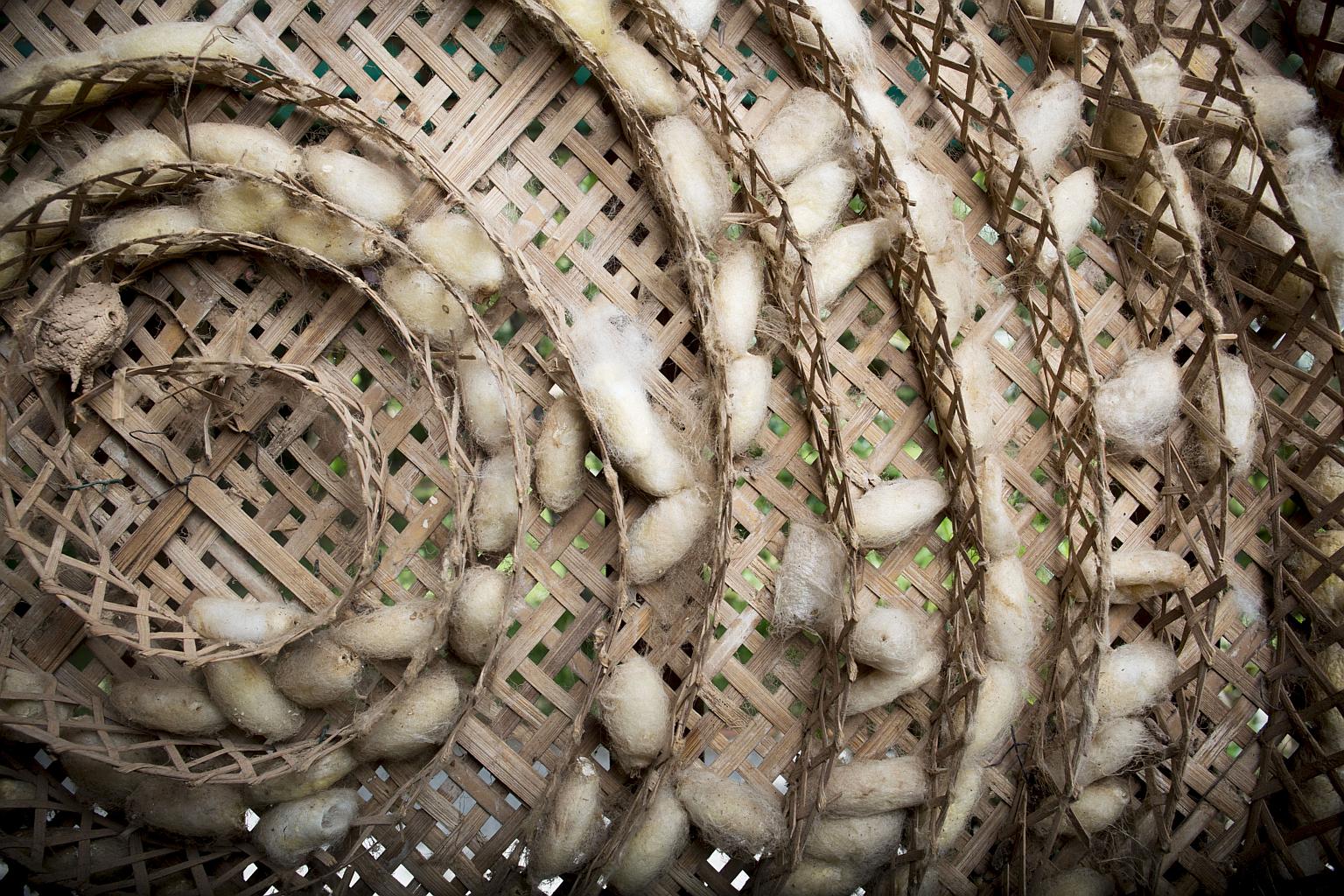
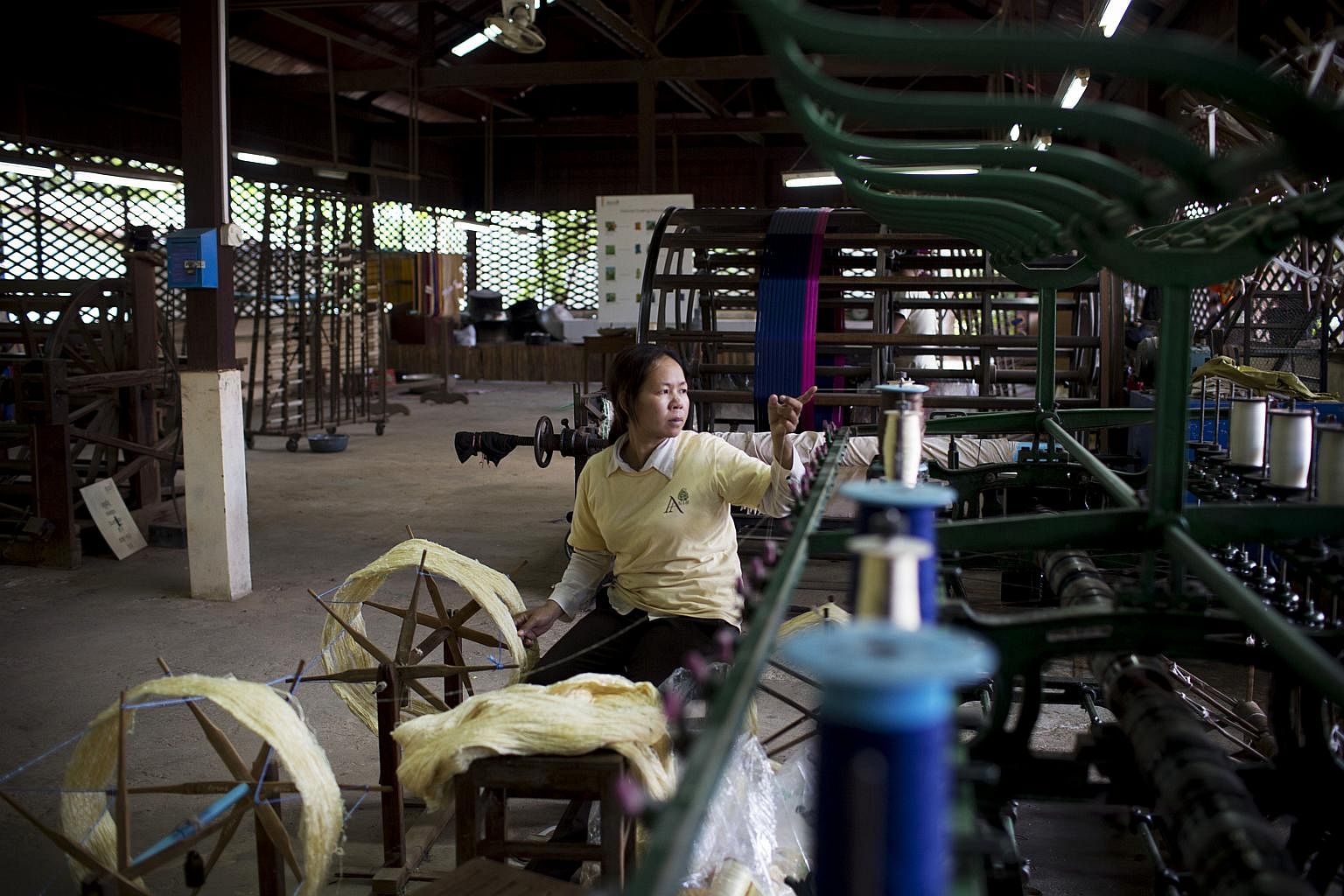
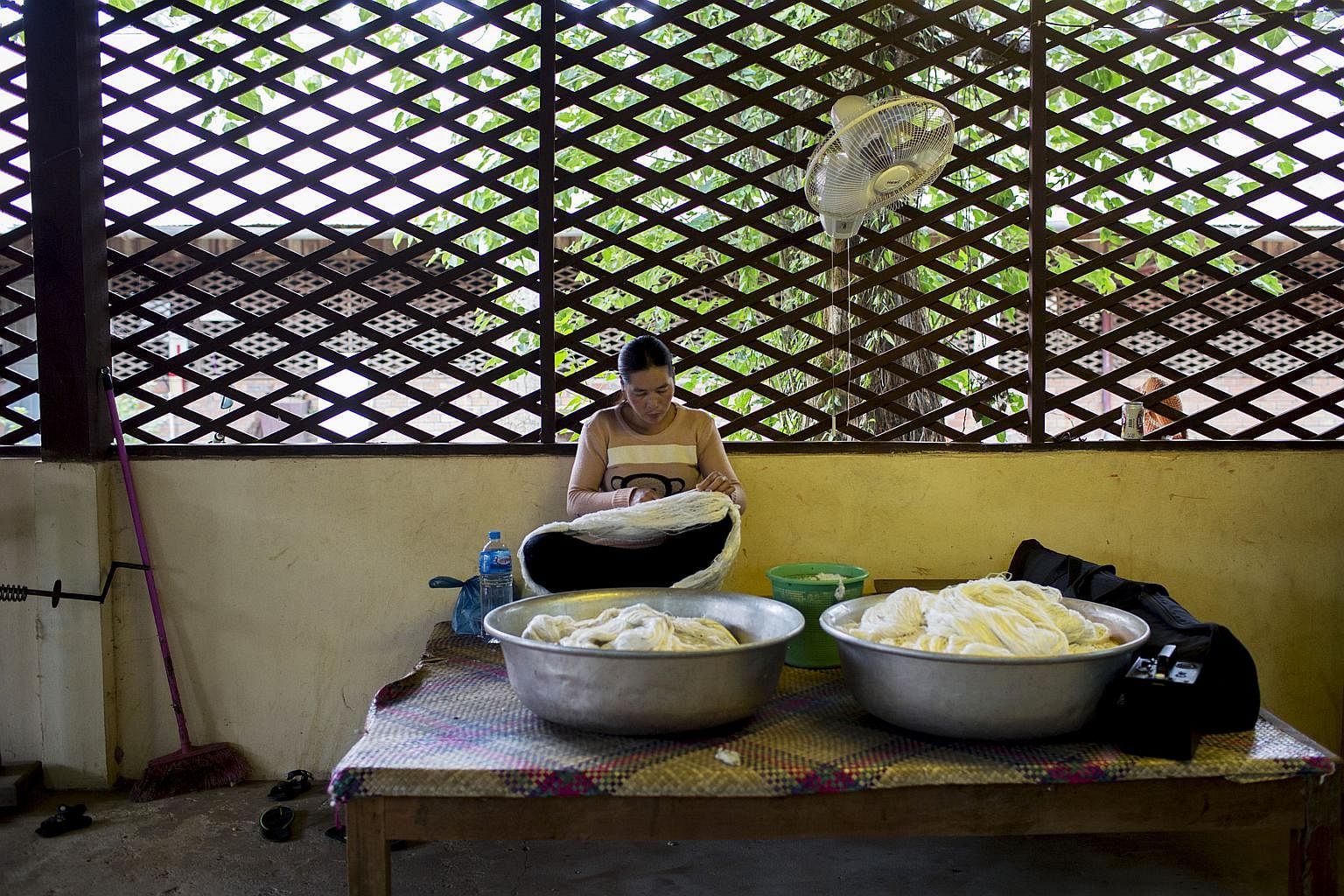
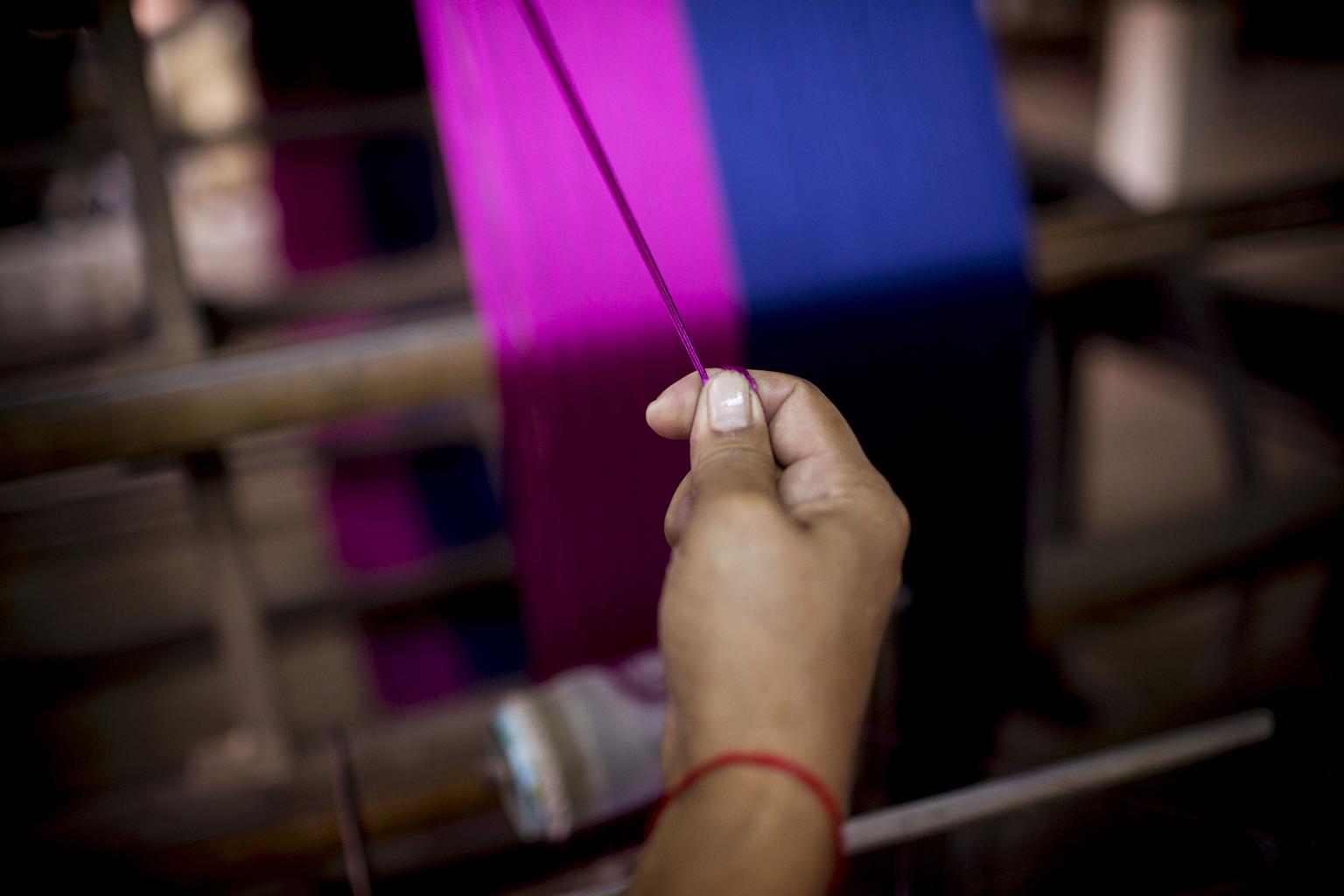
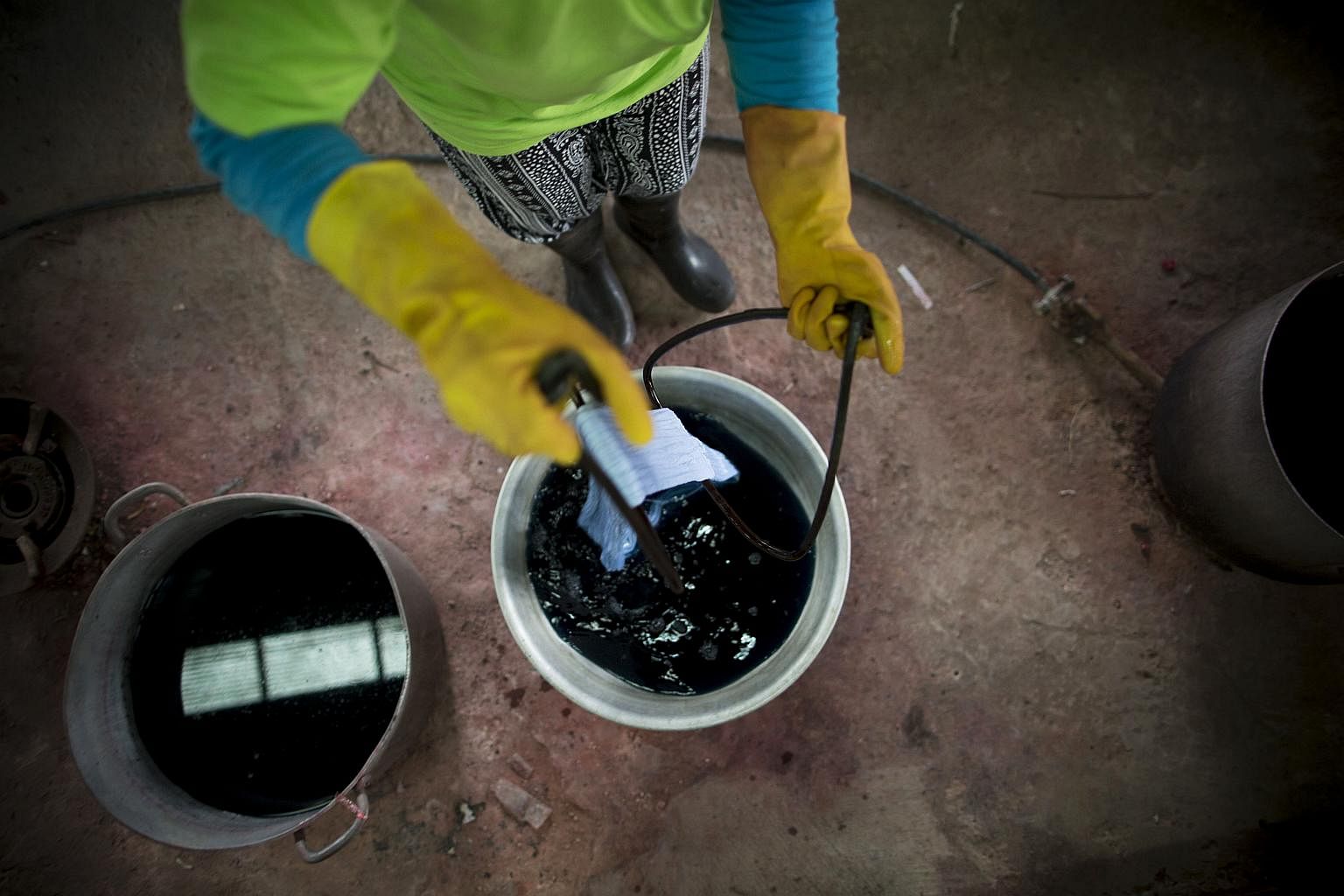
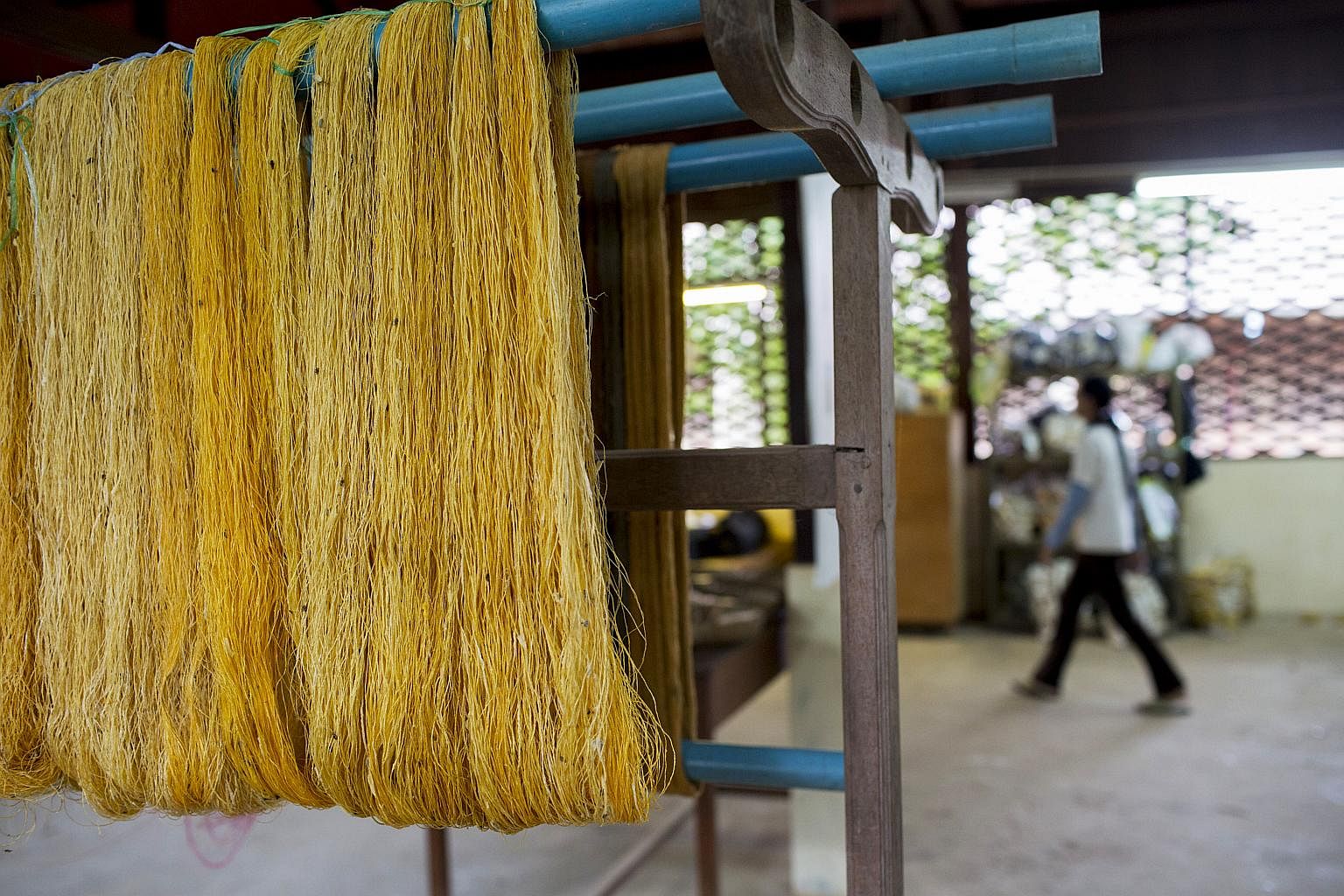




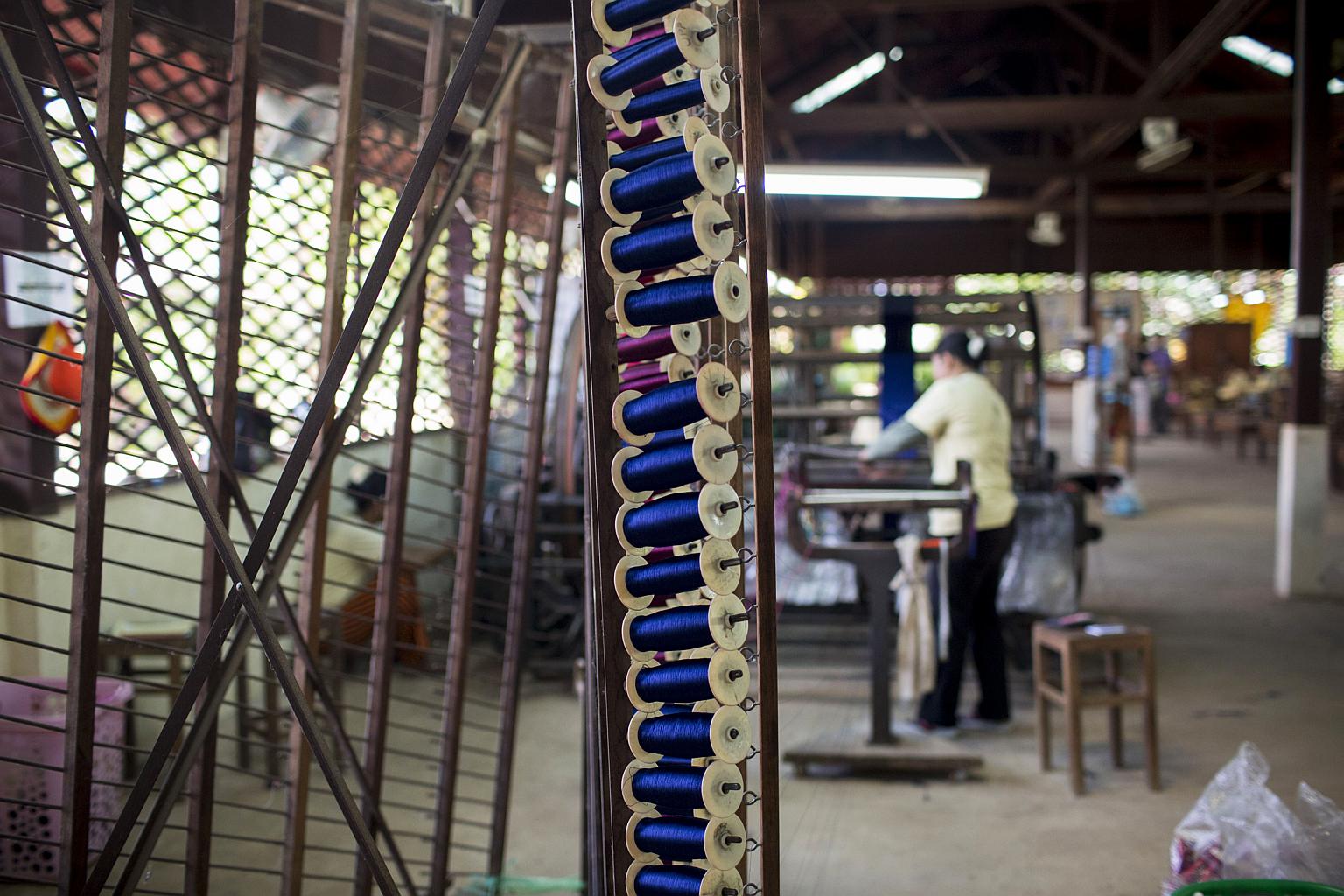
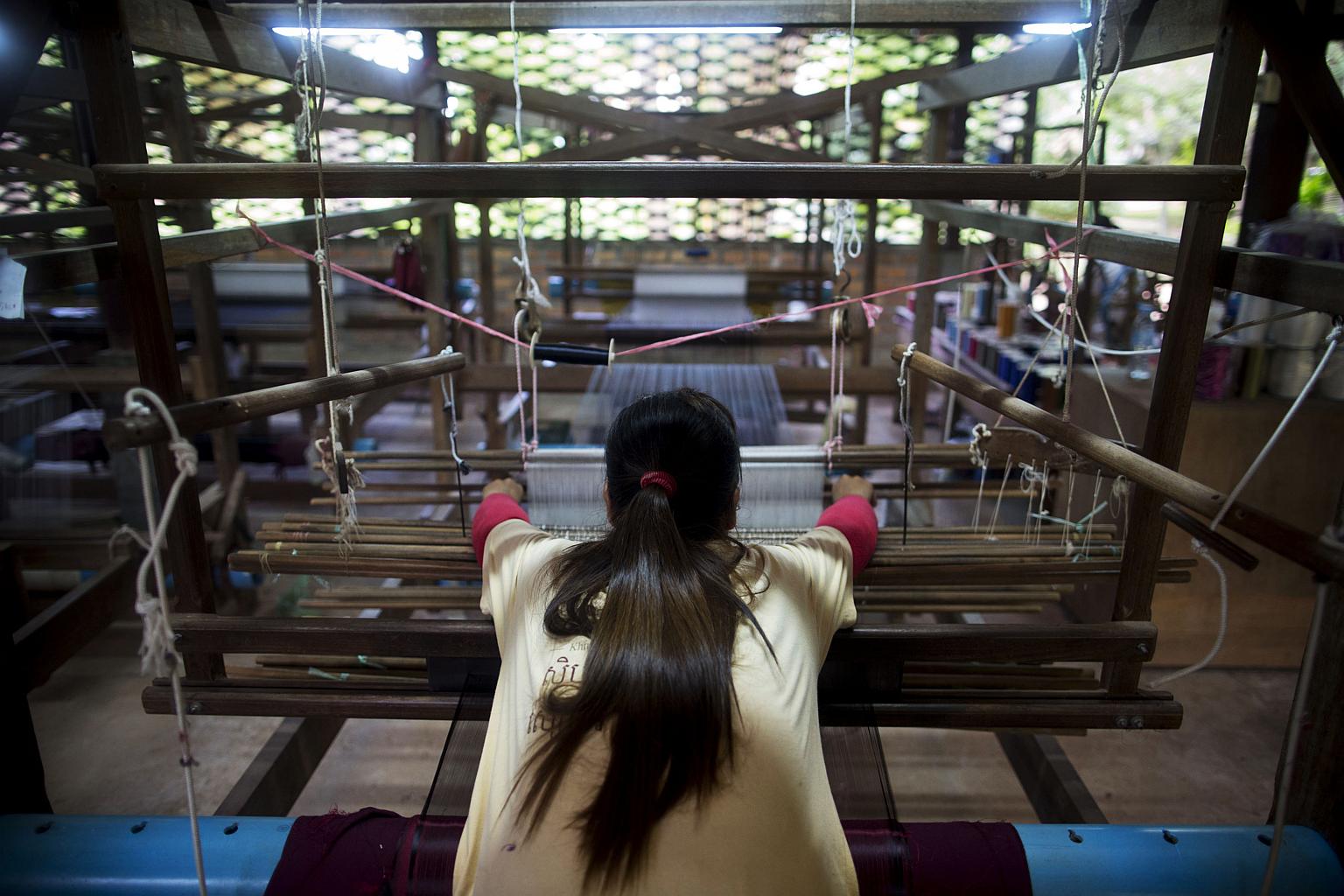
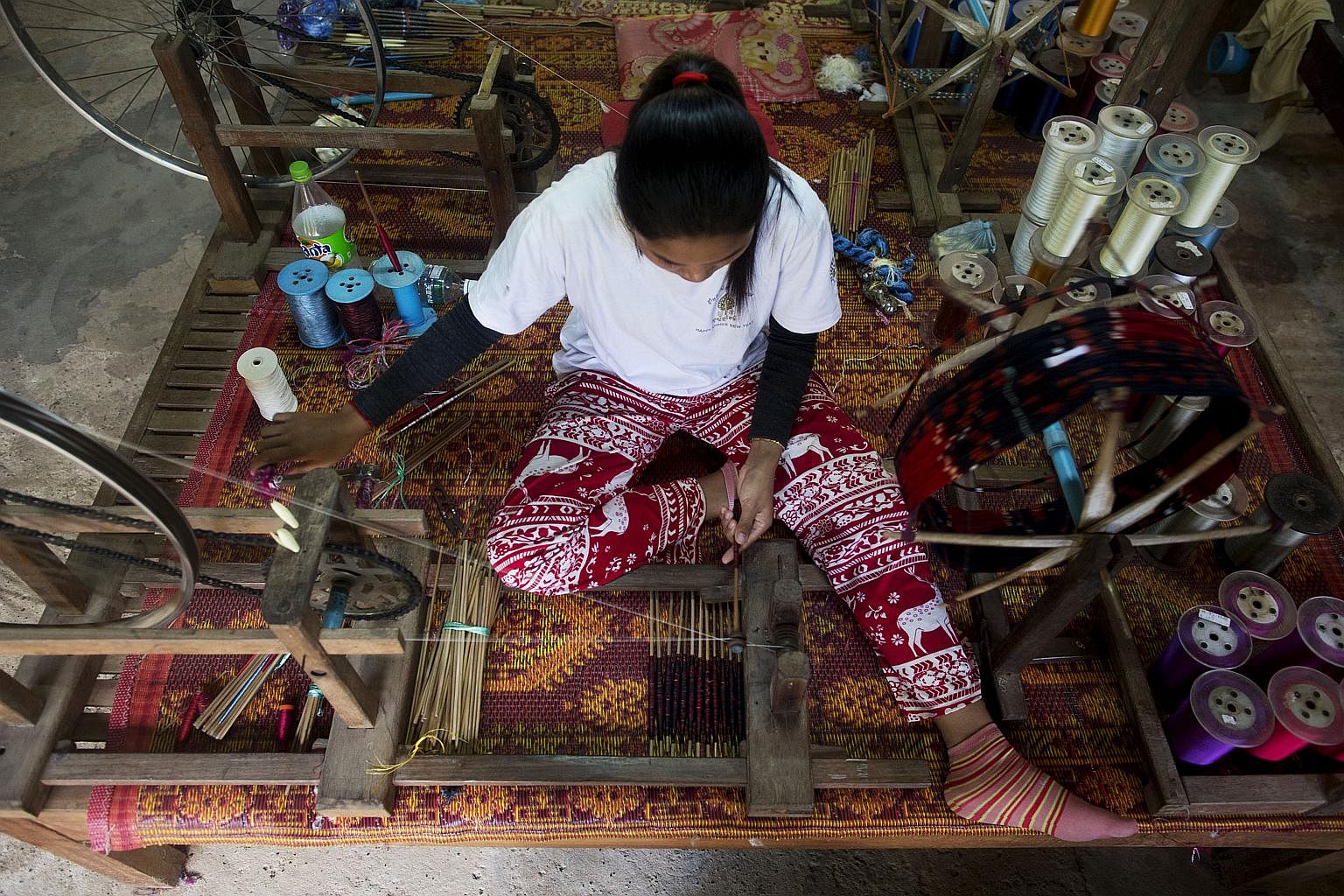


Join ST's Telegram channel and get the latest breaking news delivered to you.
